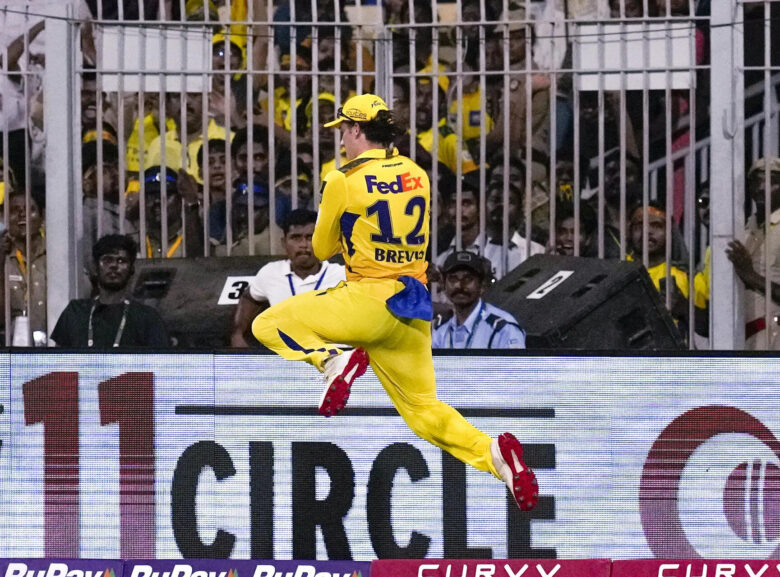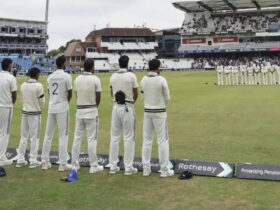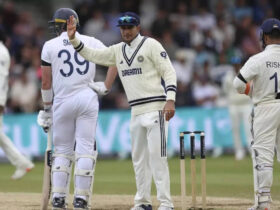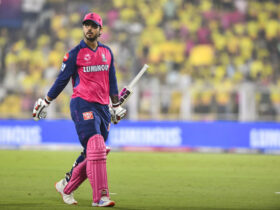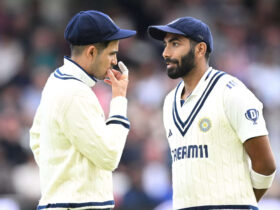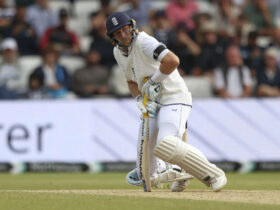MCC Unveils Groundbreaking Boundary Catch Rule: A Game-Changer for Cricket
In a bold move to redefine fairness in cricket, the Marylebone Cricket Club (MCC), in collaboration with the International Cricket Council (ICC), has introduced a revolutionary change to the boundary catch rule, set to take effect from October 2026. This update targets the controversial ‘bunny-hop’ catches, where fielders leap from outside the boundary to touch the ball, a practice that has long sparked debates among fans and pundits alike.
The essence of the new rule is simple yet transformative: any fielder who jumps from beyond the boundary can touch the ball only once while airborne. After that initial contact, they must land and remain entirely within the field of play for the remainder of the delivery. If they touch the ground outside the boundary at any point afterward—or even parry the ball to another fielder or back into play—a boundary will be awarded to the batting side. This change aims to eliminate ambiguous dismissals while preserving the thrill of spectacular fielding efforts that originate inside the boundary.
According to an official MCC statement, ‘We have crafted this rule to address catches that often appear unfair to audiences. While we celebrate athleticism, we must ensure clarity. A fielder pushing the ball up from inside, stepping out, and diving back to complete the catch remains valid, but starting from outside with a ‘bunny-hop’ is now prohibited.’ This nuanced approach, reflected in the revised Law 19.5.2, strikes a balance between skill and equity.
Historic catches, such as Michael Neser’s jaw-dropping effort in the 2023 Big Bash League and Dewald Brevis’s stunning grab for Chennai Super Kings against Punjab Kings in IPL 2025, would be deemed invalid under the new regulations. These iconic moments, while celebrated for their athletic brilliance, highlighted the need for clearer guidelines. The MCC’s updated wording ensures such catches are a thing of the past, prioritizing a hard boundary line as the ultimate determinant of validity.
The rule’s implementation will be mirrored in ICC playing conditions as early as next week, giving teams, players, and officials ample time to adapt before the official rollout in 2026. Specifically, Section 19.5.2.1 allows a fielder’s first contact with the ball to occur after jumping from outside, but mandates all subsequent grounding inside the field until the ball is dead. Section 19.5.2.2 reinforces that any return to play must see the fielder land and stay within the boundary, failing which a boundary is scored.
This change is not just a tweak in the rulebook; it’s a cultural shift for cricket. Boundary catches have long been a highlight of the game, blending raw athleticism with tactical brilliance. Think of the countless times fans have held their breath as a fielder sprints toward the ropes, leaps, and defies gravity to prevent a six. While the new rule may reduce some of these heart-stopping moments, it promises to bring consistency and transparency to umpiring decisions, a move welcomed by many in the cricketing fraternity.
As cricket evolves, so must its laws. The MCC’s latest amendment is a testament to the sport’s commitment to fairness, even as it navigates the fine line between tradition and innovation. Come October 2026, the boundary will no longer just be a line on the field—it will be the ultimate test of a fielder’s precision and discipline. How do you think this rule will reshape the game? Will it dampen the spirit of daring fielding, or will it elevate the art of staying within bounds? Let’s discuss.










